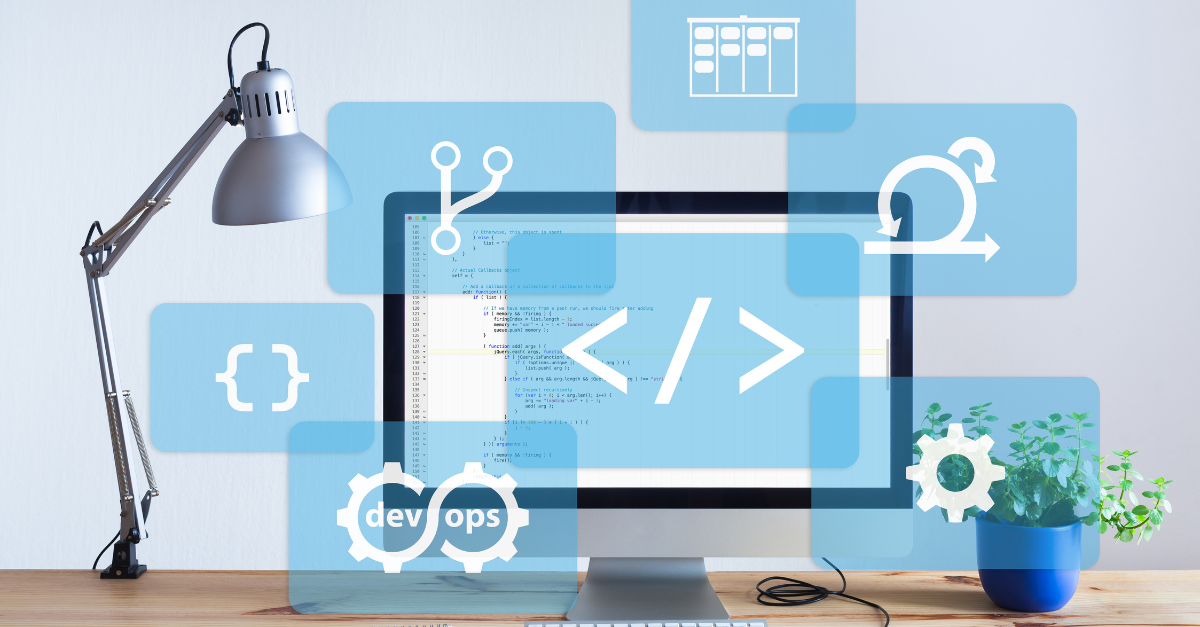

- Insight
- Thursday 26th January 2023
Meet the team:
Minesh Patel
Minesh has been with REGnosys since its inception and is our current Chief Technology Officer. Here, Minesh discusses what attracted him to working at REGnosys, the biggest regulatory challenges currently facing financial institutions and what we can expect from the reporting landscape over the next five years.
I started ‘coding’ at an early age using a commodore 64 – copying pages of code from the commodore weekly magazine without understanding what I was typing, all to build a guess the number game. Years later, to no surprise to my friends and family, I chose computer science as my university degree at Kings College London where I developed a passion for software engineering.
I started my career at a media software house where I learnt my technical chops as a Software Engineer, working with a broad set of programming languages including C, C++, tcl/tk, Java and web development. Moving into financial services, I worked in investment banking front office risk and profit & loss management, grid computing, data warehousing and regulatory reporting where I enjoyed the fast-paced delivery and the exposure to new and exciting technologies – and crucially the freedom to innovate. Throughout this period of my career, I found that small, talented, focused and happy teams were the most productive and building these teams was something I was good at.
That brings me to REGnosys – where I started on Day 1 of the company – well – Day 0 if you count the pre-launch business planning sessions as a Software Engineer writing the first lines of code. As REGnosys quickly grew, I took the role of Chief Technology Officer in which I manage the tech side of the businesses and the excellent development team.
The main priority of my role is to provide technical oversight and maximise the productivity of the team by giving clear direction of what is needed in the short, medium, and long term. In the short them, I provide technical guidance to help unblock any obstacles or challenges that arise. In the medium term, I balance the technical projects and challenges with business value that will ultimately help REGnosys grow and enable our clients to be successful. In the longer term, it is about having a roadmap to produce software that will transform regulatory technology (RegTech) for the financial industry.
REGnosys gave me the opportunity to solve interesting problems in ways that had not previously been attempted. The start-up culture very much suited my skills and ability to deliver value quickly without the red tape often present in larger institutions.
Before the morning daily stand up, the team get together on zoom and have a friendly chat – usually nothing to do with work! This is followed by a 30 minute stand up and a list of team follow ups After the follow ups, my day job starts! I split my time between writing code, developing, implementing, and evaluating our technological resources and providing technical input on the business development of the company.
Digital Regulatory Reporting (DRR) is an industry-led initiative aiming to transform the regulatory reporting landscape by aligning regulatory definitions with the technical code that executes them. Our Rosetta platform is the chosen technology to facilitate greater standardisation. One key aspect of Rosetta is to allow subject matter experts to express rules that can be interpreted by a computer whilst abstracting them from the complexities of software development. Rosetta’s low-code Domain-Specific Language is an active open-source solution to achieve this and (even if I say so myself) – is a cool piece of tech.
For over a decade now, financial institutions have been building their own “RegTech”, customised for their own systems. Regulations have come in all shapes and sizes meaning that each time a new one is introduced, the internal systems need to at best be adapted, and at worst – totally reconfigured. Across the financial sector, this has significantly increased operational complexity, creating high costs, risk of different interpretations and slow delivery.
We have already seen that regulators are taking the charge with active projects like the Financial Conduct Authority’s Data Collection Plan and The European Commission’s Machine Readable and Execution Reporting Requirements (MRER) proof-of-concept. At the centre of these initiatives are well-defined logical data models that bring a technical bias to regulatory rules, making them easier for technology organisations to absorb.
The landscape is shifting to shared regulatory interpretation, with organisations like ISDA along with their members bringing the DRR project to full fruition by 2024.
As REGnosys goes through the start-up journey, I see the company seeking out new challenges beyond just post-trade reporting and applying the same passion and innovation to solving new problems.
Every problem has a solution. Sometimes, the solution is to change your perspective of the problem. Step back, write it down, draw a picture and solution will present itself.



